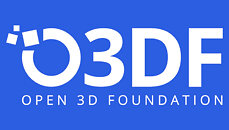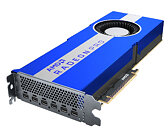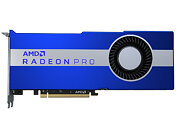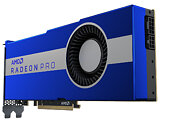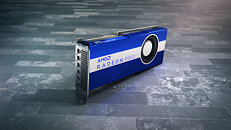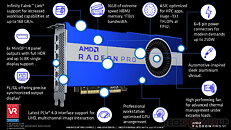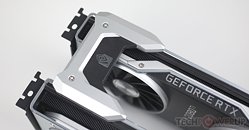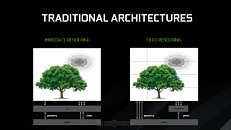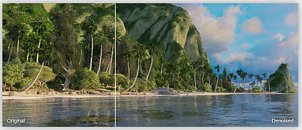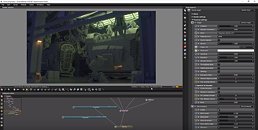
Unreal Engine 5.4 is Now Available With Improvements to Nanite, AI and Machine Learning, TSR, and More
Unreal Engine 5.4 is here, and it's packed with new features and improvements to performance, visual fidelity, and productivity that will benefit game developers and creators across industries. With this release, we're delivering the toolsets we've been using internally to build and ship Fortnite Chapter 5, Rocket Racing, Fortnite Festival, and LEGO Fortnite. Here are some of the highlights.
Animation
Character rigging and animation authoring
This release sees substantial updates to Unreal Engine's built-in animation toolset, enabling you to quickly, easily, and enjoyably rig characters and author animation directly in engine, without the frustrating and time-consuming need to round trip to external applications. With an Experimental new Modular Control Rig feature, you can build animation rigs from understandable modular parts instead of complex granular graphs, while Automatic Retargeting makes it easier to get great results when reusing bipedal character animations. There are also extensions to the Skeletal Editor and a suite of new deformer functions to make the Deformer Graph more accessible.
Animation
Character rigging and animation authoring
This release sees substantial updates to Unreal Engine's built-in animation toolset, enabling you to quickly, easily, and enjoyably rig characters and author animation directly in engine, without the frustrating and time-consuming need to round trip to external applications. With an Experimental new Modular Control Rig feature, you can build animation rigs from understandable modular parts instead of complex granular graphs, while Automatic Retargeting makes it easier to get great results when reusing bipedal character animations. There are also extensions to the Skeletal Editor and a suite of new deformer functions to make the Deformer Graph more accessible.























